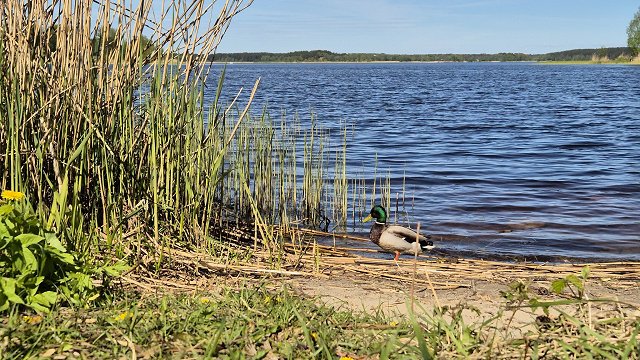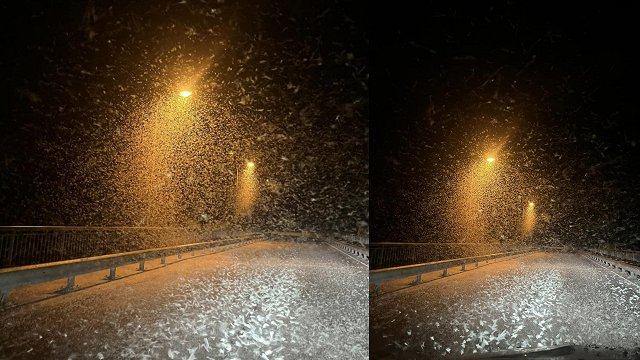For some time, the European Union has defined the green course, or the move towards a more environmentally friendly continent, as one of its main priorities. One of the very important elements of the green course is waste management and the so-called circular economy, which on the one hand calls for the creation of as little waste as possible and, on the other, for the re-use of waste generated.
However, when making these plans, no one counted in the pandemic, which has introduced its own adjustments. Experts point out, however, that the restrictions imposed would have significantly reduced the amount of waste generated. But there are certainly changes in where the waste comes from. The amount of plastic packaging has increased in the waste.
The pandemic has so far had less impact on industrial waste. Although during the first wave of the pandemic, when there was less awareness of how to live with it, a number of plants were closed and did not produce waste, companies later found a way to work. On the other hand, more changes have been made to the municipal waste segment, or to the amount of trash generated by households, offices and different types of services.
A study on the impact of Covid-19 on municipal waste management in ten countries of the European Union, carried out by the Association of Cities and Regions for Sustainable Resources Management, commonly referred to as ACR +, shows that overall municipal waste has decreased. This has mainly happened at the expense of the so-called commercial waste, since many companies switched to remote work and closed their offices, hotels, catering facilities, schools did not work. The amount of waste generated by households increased, but not so much as to outweigh the reduction on the commercial business side.
The ACR + study also highlighted that waste volumes have particularly decreased in tourist popular destinations. However, the impact of the pandemic on waste sorting habits has not been observed.
The overall data on the volume of waste generated in the European Union last year are not yet available. The trend towards the pandemic was not particularly pleasing. While Europe is determined to take the green course, the volume of municipal waste per capita has increased in recent years, according to Eurostat data.
In Latvia, the overall trends in municipal waste management during the pandemic are also very similar to those observed in other European countries. The difference could only be that Latvia is not a tourist destination like France or Italy. Therefore, the slowdown of international tourism during the pandemic will not have had a particularly significant reducing effect on the amount of municipal waste collected together in Latvia.
Guntars Levics, board member of the environmental services company Clean R, said in an interview to LETA that in the first wave of the pandemic, in March, in April, and in November, when the second wave began, the reduction in waste volume was up to 5%. “Of course, it can be felt that garbage-generating centers have changed from commercial to private sector - people are sitting more at home and more garbage is created at home,” Levics said.
At the same time, he acknowledged that the size of the polymer's packaging in garbage had increased during the pandemic - each bagel and cookie wrapped in its own film.
"Maybe it's not felt so much in the overall waste stream that we have a lot, much more plastic, but you can see that the green course that was there until the beginning of the pandemic across Europe has taken the backseat. It's logical, because of course health is in the first place," Levics said.
Statistical data on the total amount of waste generated last year are also not yet available in Latvia. However, in Latvia, like in the European Union as a whole, the volume of municipal waste has been growing so far. The report on the necessary investments for the implementation of the State waste management plan by 2028 estimates that 800.4 thousand tonnes of municipal waste was generated in Latvia in 2019. The volume was even higher in 2016, when it was 802.5 thousand tonnes.
Moreover, it is likely that we will remain without accurate data on how the proportion of plastic packaging has increased in the waste of Latvia during the pandemic, because plastic film, bags and boxes are light and small, so there may not be a significant change in the total amount of waste measured in tonnes and cubic metres. But the damage to the environment could be felt.





























